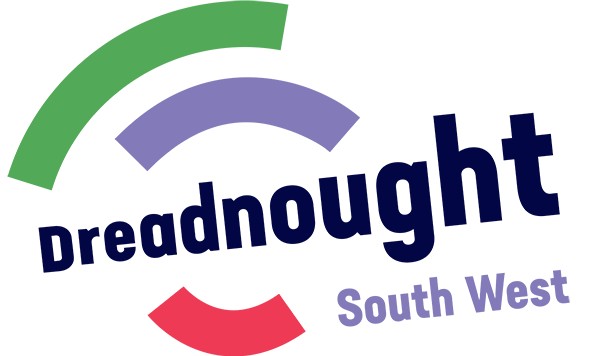| Location: | Exmouth |
| Story Number: | Story-010 |
| Themes: | Environment, Extinction Rebellion, Friends of the Earth, Government |
| Listen: | |
| Transcript: | Um, so I feel that activism permeates a lot of the work that I do. Um. Because what I’m exploring in my practice, um – which I frame in different ways as artist, as community activist, as community worker and as sustainability campaigner – um, my work is about trying to create a new framework for us to operate within, within our culture. So at the moment, I feel that there’s a framing that we have in our political systems, in our economic system, in the whole sort of industrial growth economy that we live in, which doesn’t really place, um, value on the environmental world and nature and ecology. Because that’s my passion, and because that drives everything that I do; trying to change the nature of that relationship with the, um, wider natural world and ecology, and to bring that in to the value systems that we all share. Yeah that’s – that’s my activism! Back in, erm, the early two thousands [I] went to the House of Commons and was part of a, um, Friends of the Earth campaign to protest against, um, genetically modified organisms and the co-existence of genetically modified crops with conventional crops. Um, and for that protest I actually went there and I did a whole performance protest. Um, I went with three other, um, people, and we went and we were wearing, um, masks made out of straw. And actually the story behind that is that I got really interested in corn dollies – so it’s sort of plaited straw, um, like a little keepsake or a sort of woven object that people maybe hang in their house or have on a shelf somewhere. And I started to research into the history of what they symbolised, and it’s just a massively rich folklore around the fact that the corn dolly was usually the last wheat straw that was harvested, and so it was kind of symbolic of the whole harvest, because it was the last sheaf to come in, and then it would be woven into something and kept in the house until the following spring, and then it would be put back into the earth. So as a kind of icon – as a token or an, or a sort of iconic object – it symbolises the continuation of the cycle of the seasons, the saving of the seed, and the putting of the seed back into the earth. So what I realised was that, symbolically, um, weaving with straw, and referencing the corn dollies was representing a completely different sensibility and sense of time and sense of connection to the land which was absolutely the opposite to the drivers behind the genetic modification of, um, seeds and crops. And people responded to them really differently, and then they were in connection to people with banners, so people could ask – well, what are they doing, and what is this part of. And for me, as, as my form of expressing something, it was really, it felt like I was representing something bigger than myself, and I just felt so much better than I would have done if I’d just been standing there [laughs] with something written on a placard! |
